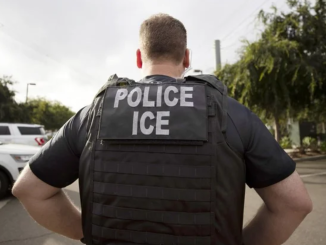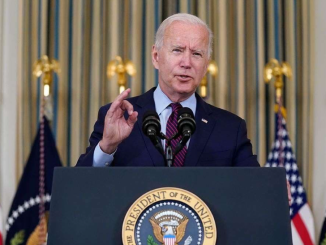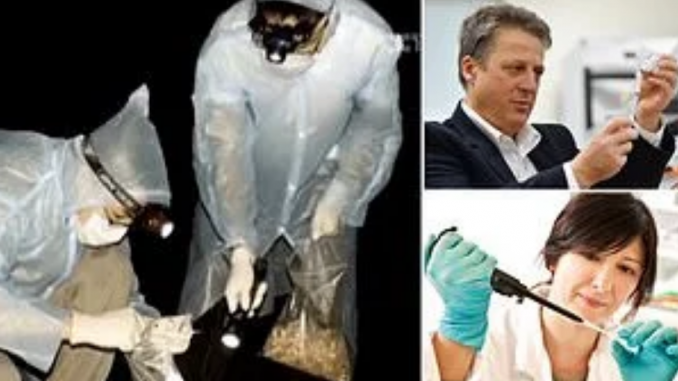
The Chinese laboratory at the centre of suspicion over the origins of the coronavirus pandemic was awarded a patent for cages to hold live bats for testing just months before the virus started spreading.
The revelation comes after the World Health Organisation last week backed Beijing’s line, saying that a leak from the institute was ‘highly unlikely’, while giving credence to theories that the virus had entered the country via frozen meat.
The team included Peter Daszak, a British-born zoologist whose organisation EcoHealth Alliance has studied bat-borne viruses with Wuhan lab scientists for 15 years, and who has categorically denied that researchers keep the mammals for testing.
However, The Mail on Sunday has established that the Wuhan Institute of Virology (WIV) filed an application in June 2018 to patent ‘bat rearing cages’ which would be ‘capable of healthy growth and breeding under artificial conditions’.
The patent, which has been seen by this newspaper, was granted in January 2019 – 11 months before Beijing reported that the first cases of the virus in the city had broken out just a few miles from the institute.
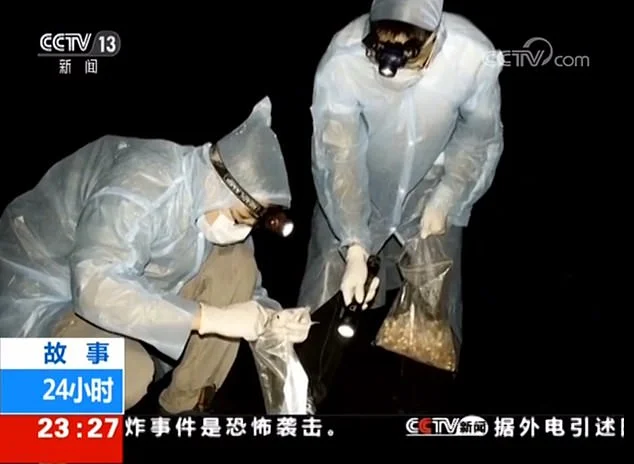
A separate patent, filed by the institute on October 16, 2020, relates to the ‘artificial breeding method of wild bat’.
The patent discusses cross- species transmission of SARS- CoV from bat to humans and other animals, saying: ‘Bats infected with the virus naturally or artificially have no obvious clinical symptoms, and the mechanism is unknown’.
It explicitly states that the method is for breeding bats for scientific experiments: ‘The invention aims to provide an artificial breeding method of wild bat predators, which aims at overcoming the defects in the prior art, and the wild bat predators are artificially domesticated, bred and passaged to establish an artificial breeding group, thereby providing a brand-new model experimental animal for scientific research.’
Responding to a question over whether researchers were keeping live bats, Mr Daszak tweeted in April last year: ‘The researchers don’t keep the bats, nor do they kill them.
‘All bats are released back to their cave site after sampling. It’s a conservation measure and is much safer in terms of disease spread than killing them or trying to keep them in a lab.’
And in December he appeared to repeat the claim by stating the labs he had worked with for 15 years – such as the one in Wuhan – ‘DO NOT have live or dead bats in them. There is no evidence anywhere that this happened’.
The cloak of secrecy with which the Chinese government has enveloped the institute makes it hard to establish the extent to which the patents were translated into practice, but an online biography of the lab’s work also states that researchers have the capacity to keep 12 bat cages, along with 12 ferret cages.
Last week, Mr Daszak, who has faced fierce criticism over his research and funding connections to the Wuhan lab, also took aim at US intelligence which has pointed to a lab leak being the ‘most credible’ source of the virus, in the words of the US State Department.
Mr Daszak was part of the investigating WHO team which swung its weight behind the Chinese government’s attempts to dent any responsibility for the spread of the virus. Their findings were based on interviews with staff at the WIV, which has strong links to the Chinese army.
This newspaper revealed last year that the WHO had allowed China to vet scientists taking part in the probe, while also appointing Mr Daszak to its ten-strong team – despite the British charity chief’s funding for research on bat viruses at the Wuhan laboratory having been previously stopped on safety grounds.
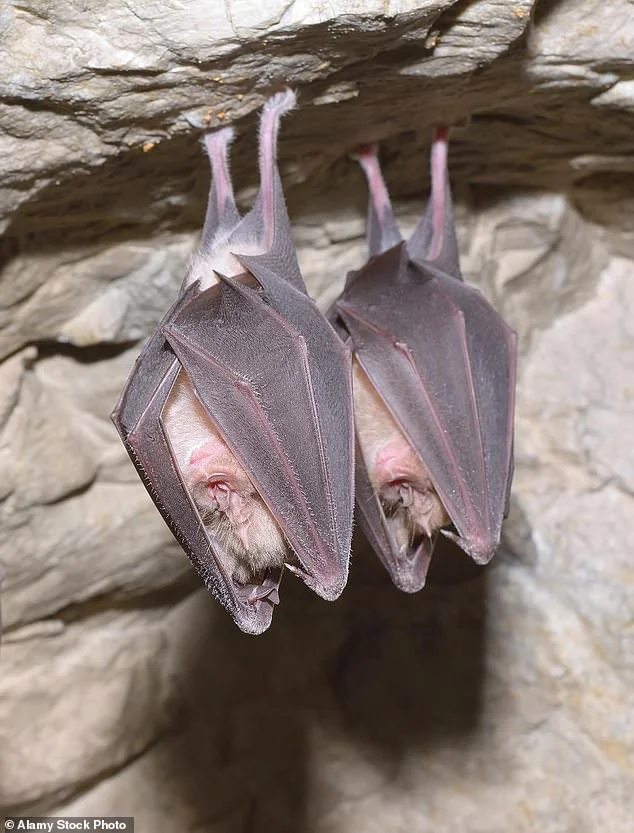
The bat cage patent contains extensive details of the feeding, drinking and breeding conditions, saying the animals are ‘captured as needed, and… freed after taking [the] required sample or temporarily raised [for] a period of time’.
And in November 2019, at a time when US intelligence points to a potential Covid-19 outbreak at the lab, the Wuhan lab filed a patent for a device to treat injuries sustained while working with pathogenic viruses in a biosafety lab.
Researchers who filed the patent have worked at the WIV for more than a decade, including one scientist who was involved in studying coronaviruses in bats.
The specialist tourniquet device, designed to wrap around the finger of someone who bleeds in a virology lab accident, appears to be the only one of several hundred publicly available patents which relates to the treatment of injuries.
Charles Small, an open-source intelligence consultant who has studied the origins of the virus and discovered the patents, said: ‘The WIV describe catching wild bats in mountain caves and breeding them in their patented cages to use as animal models in scientific experiments. They mention infecting bats with viruses artificially.
‘The WIV’s patented method of handling bats known to carry SARS-related coronaviruses daily at feeding time risks coronavirus spillover.
‘The WIV have also declared cages of ferrets and rabbits.
‘The WHO should provide a full account of the WIV’s bat and bat coronavirus experiments.’ Alan Mendoza, executive director of the Henry Jackson Society think-tank, said: ‘As this pandemic wears on, and more and more people tragically lose their lives, the questions continue to mount for China and the research carried out at its Wuhan Institute of Virology.
‘It’s becoming increasingly clear that the WHO’s investigation was not fit for purpose and what we need is the Chinese Communist Party to come clean and tell us the truth about Covid-19’s origins.’
Mr Daszak declined to comment yesterday.
The Chinese Embassy did not respond to requests for comment.
World experts condemn official probe as ‘a charade’
The World Health Organisation’s inquiry into the source of the pandemic is a ‘charade’ to appease China, leading experts on biosecurity and infectious diseases have told The Mail on Sunday.
Instead of seeking the truth, last week’s initial findings, they say, were a political stunt that help the Beijing government in its desperation to be exonerated.
The scientists accuse the UN body of brushing aside concerns over a possible lab leak in Wuhan to push ‘fanciful’ theories that Covid-19 emerged outside China and could have been imported into the city on frozen food.
Bruno Canard
Structural virologist and director of research of France’s National Centre for Scientific Research.
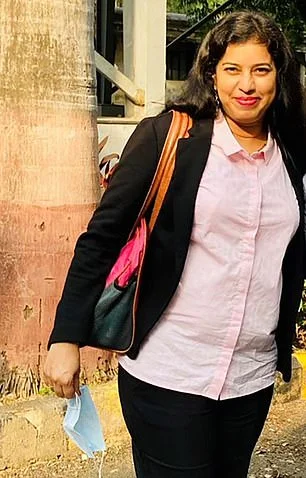
‘The WHO investigation is a masquerade. There are so many conflicts of interest and obfuscation that it is as if you asked Hassan Rouhani [Iran’s president] to lead an international check on Iran’s nuclear programme. The WHO is committing credibility suicide.’
Richard Ebright
Biosafety expert and professor of chemical biology at Rutgers University, New Jersey.
‘The mission was a charade. It has no credibility. Its members were willing – and, in at least one case, eager – participants in disinformation. The predetermined, preordained purpose was to raise the false-flag proposal that the virus originated outside China… and arrived in Wuhan through international travel or internationally shipped frozen food. No serious person considers internationally shipped frozen food as a plausible explanation of how the virus arrived in Wuhan.’
David Relman
Biosecurity expert and professor of microbiology and immunology at Stanford University, California.
‘If the only information you’re allowing to be weighed is provided by the very people who have everything to lose by revealing such evidence, that doesn’t come close to passing the sniff test.’
Filippa Lentzos
Biosecurity expert at the Departments of War Studies and of Global Health and Social Medicine at King’s College London.
‘The mission’s messaging was clearly political – not scientific – and aligned very closely with Beijing’s narrative of a possible origin source outside China’s borders. They provided no credible evidence for why they do not feel the lab-leak hypothesis should remain on the table or why other explanations were seen as more likely.’
Colin Butler
Former WHO adviser and epidemiologist at Australian National University.
‘The dismissal of the lab-leak theory could have been provided in a novel by George Orwell.
‘The evidence against this hypothesis appears to boil down to something like: “We spent three hours at the Wuhan Institute of Virology, we talked to the people there, and we formed the opinion they are honest and competent. When they said the virus had not leaked, we believed them.”
‘I am over-simplifying, but this conclusion is based on flimsy evidence. WHO greatly harmed its reputation by including Peter Daszak [a British scientist] on the team when he has such obvious conflicts of interest from his work and friendships in Wuhan.’
Jacques Van Helden
Professor of bioinformatics at Aix-Marseille Université, Marseille, France.
‘The WHO panel concluded the lab incident hypothesis is extremely unlikely and would not be further studied, but did not provide a single scientific argument. We must keep exploring every scenario, evidence-based and prejudice-free, while avoiding speculation and political hijacking.’
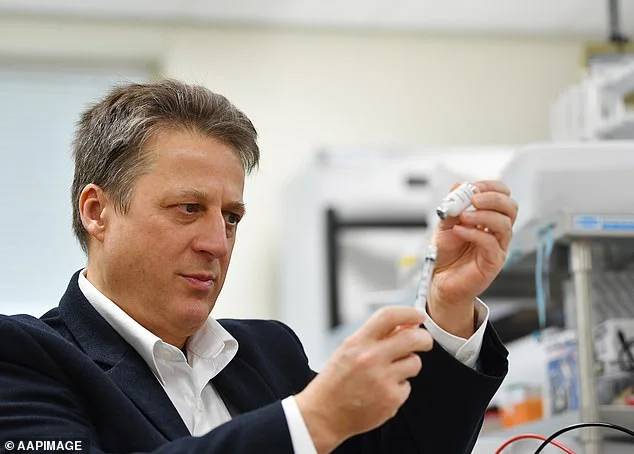
Monali Rahalkar
Microbiologist at Agharkar Research Institute in India, who has spent the past eight months investigating the origins of Covid-19.
‘Ruling out the lab-leak hypothesis without solid evidence makes no sense. The outbreak started in Wuhan. This city hosted Wuhan Institute of Virology (WIV) and two other centres carrying out research into coronaviruses. The WIV institute collected the closest known relative to Sars-Cov-2 [the virus that causes Covid-19] and other viruses from a coal mine in southern China, where miners developed a mystery respiratory illness.’
Nikolai Petrovsky
Professor of medicine at Flinders University, Adelaide, and coronavirus vaccine developer.
‘This preliminary report goes further than many might have expected in emphasising two key assertions made by the Chinese government but challenged by others: that the virus source of the pandemic may lie outside China and the possibility the transmission into China occurred via frozen food.
The idea the virus was brought into China on frozen feeds is at best fanciful and looks to be a smokescreen. A truly independent investigation remains needed.’
Raina Macintyre
Infectious diseases expert and head of Biosecurity Research Programme, Kirby Institute, University of New South Wales, Australia.
‘The team does not reveal anything substantially new. The virus may have emerged in nature but a lab accident is also a possibility as the BSL4 lab (WIV) was studying bat coronaviruses – including the virus found in the miners outbreak in 2012. They do not provide any evidence for dismissing a lab leak.’
Rossana Segreto
Microbiologist at University of Innsbruck, Austria, and author of papers examining possible genetic manipulation of the virus.
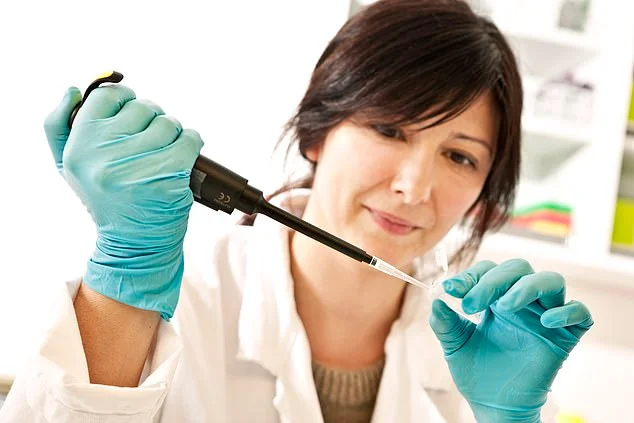
‘The WHO team does not seem to be acting seriously by dismissing a lab leak before the world’s media, then later saying all hypotheses require further study.
‘The structure of Sars-Cov-2 shows this virus could have been produced artificially. There is still no scientifically verifiable proof the pathogen developed naturally, yet a potential human error-induced lab accident as a source of the pandemic was ruled out.
‘This is negligent, putting us all at risk, when there are multiple examples of previous lab accidents and dozens of laboratories around the world are experimenting with mutated pathogens with potential to trigger a pandemic.’
Jamie Metzl
Healthcare and technology expert, member of the WHO advisory committee on human genome editing.
‘I was appalled by the announcement that the possibility of an accidental lab leak does not merit further investigation. While no evidence has yet been found indicating Covid-19 stems from transmission between animal hosts in the wild or from frozen foods, as the committee entertains, significant evidence points to accidental leak as a possible origin.
‘We need urgently an unrestricted forensic investigation without access managed by the Chinese authorities.’
Alina Chan
Molecular biologist at Broad Institute of Massachusetts Institute of Technology.
‘The investigation served China’s purposes by delivering precisely the outcome it wanted since the WHO was saying things such as the need to investigate frozen food transmission and suggestions the virus came from another country while ruling out a lab leak. This felt like a performance. WHO has shown that it has no leverage against a country such as China that plays hardball.’
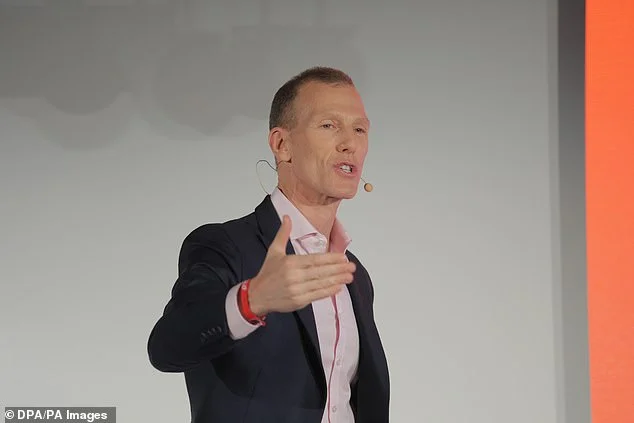
Rasmus Nielsen
Professor of computational biology at University of California, Berkeley.
‘No responsible scientist should make strong claims about the origin at this point. Chinese researchers were banned in March from investigating and other researchers have not had access to samples and data. It is my understanding from press statements the only evidence used to exclude a lab leak is the apparent high safety standards of lab at the Wuhan Institute of Virology. This is a very weak statement that is more political than scientific.’
Michael Lin
Associate professor of Neurobiology and Bioengineering at Stanford University, California.
‘The idea of transmission by frozen food is theoretically possible but so far there’s been no known cases of this happening. The perfunctory investigation, consisting of asking Chinese officials and scientists questions, is far from adequate in putting to rest concerns about lab leak.’
*story by DailyMail.com
